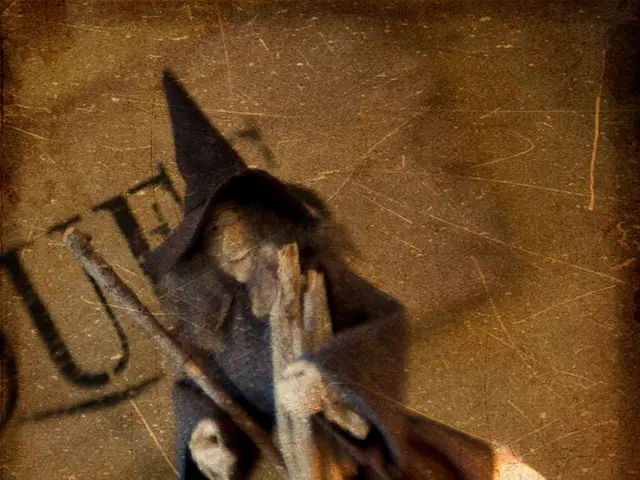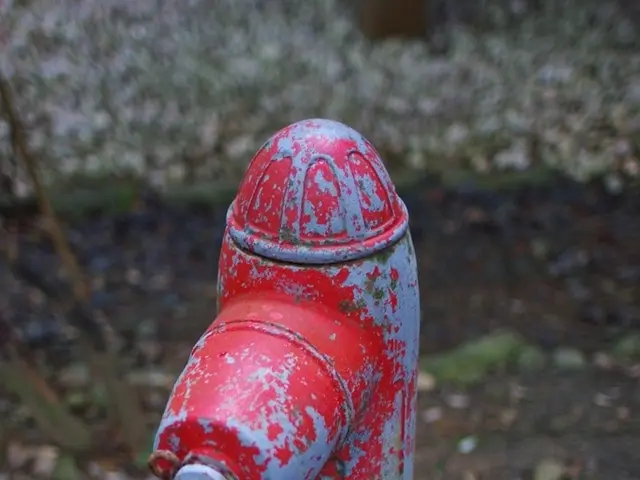Enhancing Scottish National Identity during the 1930s
Reviving Scottish Pride: The Claymore Boys' Magazine
In the heart of the 1930s, a distinctive publication emerged that aimed to instil a sense of Scottish pride in young boys – the Claymore Boys' Magazine. Founded by Alastair Dunnett and Seumas Adam in December 1933, this magazine offered an adventurous and cultural reading experience that celebrated Scotland's heritage[1].
Unlike other boys' magazines of the time, the Claymore Boys' Magazine stood out with its focus on Scottish settings, traditions, and values. It was a deliberate departure from the English public school narratives that dominated other publications, and it did so with great success[1].
The magazine's content was rich with stories and imagery that showcased Scotland's culture and landscape, fostering a sense of national pride that was distinct from English influences[1]. With few illustrations, the magazine often depicted kilted youths speaking in a Scots dialect, reinforcing the Scottish identity it sought to promote.
The 1930s were a time of cultural resurgence in Scotland. Organizations like the National Trust for Scotland and the Scottish Youth Hostels Association were established in 1931, facilitating greater engagement with Scottish landscapes and traditions[1]. Dunnett and Adam's efforts, which initially began within the Boy Scouts, were part of this broader movement. They encouraged Scouts to wear traditional Scottish clothing, such as clan tartans and Balmoral bonnets, symbolising a revival of Scottish identity among the youth.
Despite Baden-Powell, the founder of The Boy Scouts Association, banning the Balmoral bonnet at church parades, the spirit of Scottish pride continued through the magazine[1]. The Claymore Boys' Magazine played a significant role in strengthening Scottish identity in the 1930s, contributing materially to the wider cultural and social movements fostering Scottish identity at that time.
Fast forward to the 21st century, and the impact of the Claymore Boys' Magazine is still being recognised. In the 2022 Census, 65.5% of the Scottish population chose 'Scottish' as their sole national identity[2]. The magazine's role in promoting Scottish national pride has not gone unnoticed, with Dr Duncan Sim, the author of a recent article on the subject, arguing that the roles of individuals like Dunnett and Adam, and magazines like the Claymore, deserve more than a mere footnote in the story of Scottish identity[3].
Dr Sim's article, titled 'Strengthening a Scottish Identity: The Claymore Boys' Magazine, 1933-34', was published in Scottish Affairs[3]. Sim, an Honorary Senior Research Fellow at the University of the West of Scotland, is an expert in Scottish identity issues[4]. The article highlights the importance of the Claymore Boys' Magazine in the context of Patrick Geddes' 'Scottish Renaissance', a reaction against the Anglicisation of Scotland following the First World War[5].
As we reflect on the past and look to the future, the Claymore Boys' Magazine serves as a reminder of the power of media in shaping national identity. Its legacy continues to inspire, as Scotland's national identity remains a vibrant and significant part of its cultural landscape.
[1] Sim, D. (2022). Strengthening a Scottish Identity: The Claymore Boys' Magazine, 1933-34. Scottish Affairs. [2] National Records of Scotland. (2022). Census Results: Scotland's People 2022. Retrieved from https://www.nrscotland.gov.uk/census [3] Sim, D. (2022). Strengthening a Scottish Identity: The Claymore Boys' Magazine, 1933-34. Scottish Affairs. [4] University of the West of Scotland. (2022). Dr Duncan Sim. Retrieved from https://www.uws.ac.uk/staff/duncan-sim/ [5] Geddes, P. (1919). Cities in Evolution. Retrieved from https://www.gutenberg.org/files/22349/22349-h/22349-h.htm
- In today's home-and-garden magazines, one might find stories that echo the themes presented in the Claymore Boys' Magazine, such as the promotion of heritage and cultural traditions, as they strive to foster a sense of national pride.
- As general-news outlets cover politics and current events, it is valuable to acknowledge the historical influence publications like the Claymore Boys' Magazine had on shaping a nation's identity and fostering pride in its heritage.




